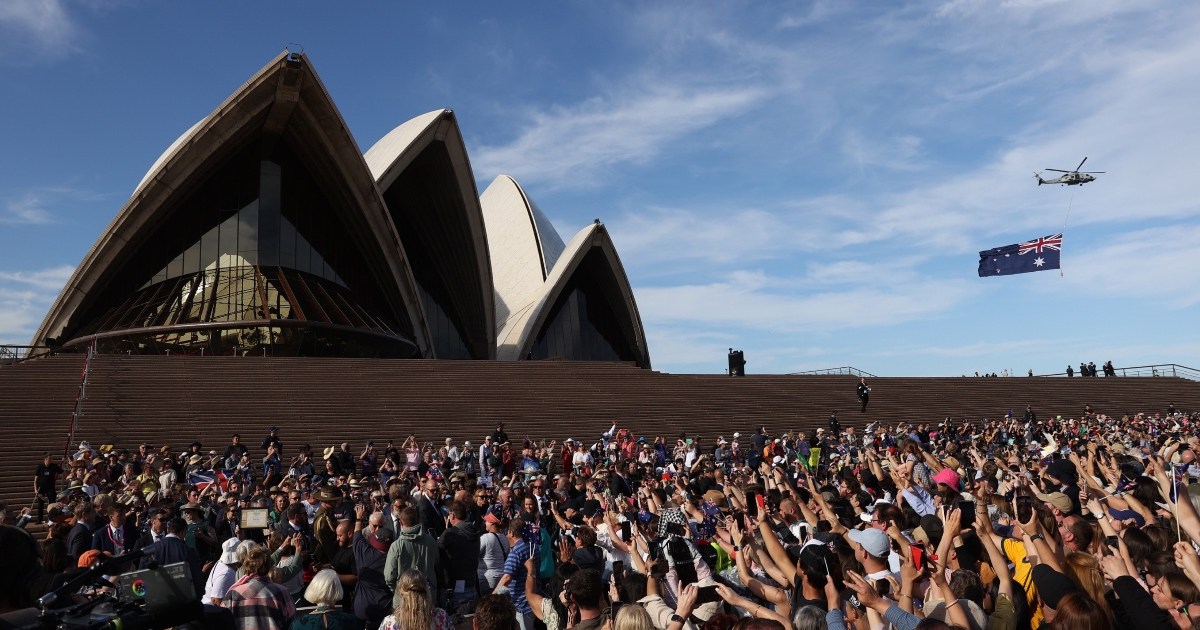Anticipation and concern surround Australia’s recent proposal to ban social media for children under 16. Prime Minister Anthony Albanese has emphasized the importance of this regulation, but the specifics have sparked widespread interest. How will this new law reshape social media access, and what will it mean for families and tech companies alike?
Let’s explore the details, impact on young users, and challenges for social media platforms.
Australia is moving forward with legislation to ban children under 16 from using social media platforms, a step Prime Minister Anthony Albanese described as a protective measure against the negative impacts of social media on youth mental health.
This world-first legislation aims to hold social media platforms, rather than parents or young people, accountable for ensuring compliance. If passed, the legislation would take effect a year after parliamentary approval, with an initial review period to assess effectiveness and ensure minimal unintended consequences.
The ban will apply to major social media platforms such as Instagram, Facebook, TikTok, and YouTube (via ABC News). These platforms must show they are taking “reasonable steps” to block access for users under 16. There will be no exemptions for parental consent or existing accounts. This policy sets a higher standard than similar laws in other countries. For example, France’s ban for those under 15 allows exceptions for parental consent.
While some stakeholders, including Meta (owner of Facebook and Instagram), have raised concerns, many Australian parents prefer to control social media access for their children. Despite this, the government remains firm on its proposed approach. Meta has suggested that app stores could play a more significant role in verifying users’ ages. This would help avoid excessive data collection and address privacy concerns.
This legislation aligns with Australia’s broader objective to address online safety and protect young users. It marks a stringent stance on social media regulation, placing the onus of compliance on tech companies while aiming to curb potential mental health risks among youth.

